Good evening. Read the Wednesday, December 29, 2021 edition of Today in Slovakia to catch up on the main news of the day in less than five minutes. We wish you a pleasant read.
None of the eight regional capitals in Slovakia will welcome the New Year with huge festivities, while cities in general have been gradually breaking away from the tradition of large fireworks. The interest in fireworks first started stagnating after the lethal gas explosion in Prešov in 2019, and has been further declining during the coronavirus pandemic, the Sme daily wrote.
The list of cities planning massive New Year’s celebrations has shrunk over the last few weeks. Bratislava, Nitra, Trnava, Hlohovec, Trenčín, Poprad, Košice, Žilina, Prešov as well as Stará Turá, Pezinok, Zvolen, Moldava and Trenčianske Teplice – have scrapped fireworks, mostly addressed by the Union of Cities of Slovakia and animal ombudswoman. Instead they will support culture, schools or animal shelters.
Due to the continuing pandemic, neither will Bratislava and Trnava organise fireworks. They do not want to create opportunities for people to gather.
“The primary role of the city in this situation is to protect the health of the population,” said Bratislava spokesperson Katarína Rajčanová. “Welcoming the New Year is usually an event where a large number of people gather in various places. and the city will not have the opportunity and capacity to manage such a crowd according to the valid rules of the Covid automat alert system,” said Rajčanová.
The four carmakers operating in Slovakia should manufacture at least 900,000 vehicles this year, the Slovak Automotive Industry Association (ZAP) estimates. In the first half of the year, the Bratislava-based Volkswagen Slovakia, Kia Slovakia near Žilina, the Nitra-based Jaguar Land Rover and the Trnava-based Stellantis produced more than 555,000 vehicles. At the beginning of 2021, ZAP predicted that full-year production would again exceed 1 million units. Last year, carmakers in Slovakia produced about 985,000 cars.
“2021 was marked by the continuing battle against the pandemic and the measures that had to be introduced during production to ensure the protection of workers from the spread of the pandemic,” said ZAP secretary general Ján Pribula, as cited by the SITA newswire. “At the same time, the effects of the pandemic on the entire supply chain began to manifest themselves, with the industry seeing material shortages and rising prices.”
More Covid and vaccination developments
4,455 people were newly diagnosed as Covid positive out of 15,501 PCR tests performed on December 28. The number of people in hospitals is 2,478. 68 more deaths were reported on December 28. The vaccination rate is at 49.78 percent, 2,737,998 people having received the first dose of the vaccine. More stats on Covid-19 in Slovakia here.
The Finance Ministry has begun to pay out financial bonuses for vaccination. Checks have been sent to the first 20,000 senior citizens, Finance Minister Igor Matovič announced. The ministry will pay out financial rewards to the oldest citizens first.
Health Minister Vladimír Lengvarský expects the fourth pandemic wave in Slovakia due to the Omicron variant to culminate at the turn of January and February. So he does not assume the need to extend the emergency state. While the available data indicates that Omicron would spread very quickly, Lengvarský conceded that there is a lack of information regarding the variant. He regards the vaccination rate of the Slovak population to be insufficient and there is a risk of hospitals filling up. Should vaccines specifically developed against the Omicron variant appear on the market, the Health Ministry plans to buy them.
If you like what we are doing and want to support good journalism, buy our online subscription. Thank you.
Travel information
Finland resumed checks at its internal borders as of December28, 2021. The checks will last until January 16, 2022. All passengers arriving to Finland from abroad will be required to present proof of full vaccination against Covid-19 or proof of recovery from Covid-19 within the past six months, along with a certificate of a negative Covid-19 test, either PCR or antigen, taken less than 48 hours prior to arrival.
Denmark has changed the entry conditions for foreign nationals and requires a negative PCR test not older than 72 hours or a negative antigen test not older than 42 hours, even if they are holders of digital Covid EU passes, i.e. they are vaccinated. Those who recently recovered from the disease do not need the test. The new measures should be in effect until January 17.
Picture of the day
Feature story for today
Holíč is a small town close to the western border of Slovakia featuring such tourist attractions as the baroque-classicist Holíč Castle with a specifically shaped mediaeval fortification, the Slovak version of Stonehenge featuring 22 megaliths with engravings, and the only stone windmill preserved in all Slovakia.
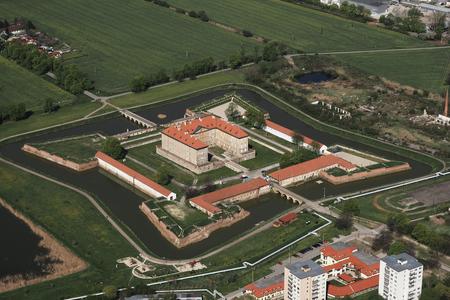
In other news
The favourable development of the economy after the summer and the return of students to schools halted the decline of flat rentals in almost all Slovakia. However, this trend applies to smaller flats; the prices of three-room flats are still falling due to little interest, an analysis by the real estate portal Nehnutelnosti.sk reads.
The Interior Ministry has cancelled the ongoing selection proceedings for a new Police Corps president and a head of the Internal Affairs Inspectorate, citing the entering into force of a recently adopted amendment, which allows the interior minister to appoint the police chief as well as the inspectorate chair at his own discretion.
Another global partner, an Indian manufacturer of industrial and automotive batteries, Amara Raja Batteries Limited, will invest in InoBat Auto, the Slovakia-based technology developer and manufacturer of premium innovative batteries for e-mobility. The aim is to enable the firm to enter the growing European battery market, and mediate the expansion of InoBat to foreign markets. InoBat is currently developing a battery research and development centre as well as production line in Voderady, Slovakia. The project is backed by a consortium of partners, including the ČEZ utility company and Rio Tinto, the global mining giant, which have invested in the company.
Skiers in the High Tatras have 18 trails available at the ski resorts of Tatranská Lomnica and Štrbské Pleso, with skiing from Skalnaté Pleso to Čučoriedky kicking off from December 28. However, skiing fans cannot yet enjoy downhill skiing on the highest black run from an altitude of 2,190m in Lomnické Sedlo saddle. The most difficult, a 1,240m-long treated slope, runs from Lomnické saddle to Skalnaté Pleso.
More onSpectator.sk:
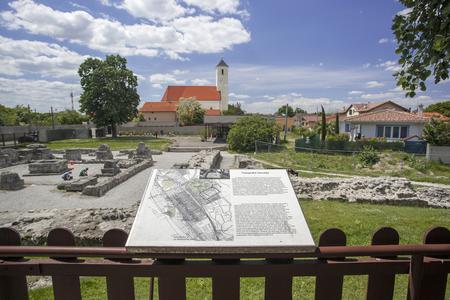

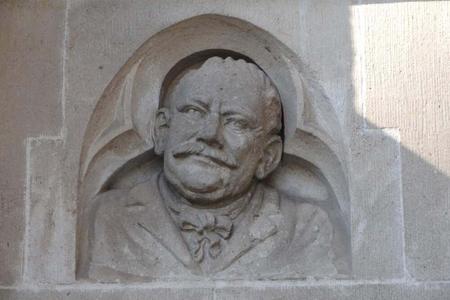

If you have suggestions on how this news overview can be improved, you can reach us at editorial@spectator.sk.



 (source: SME.sk / Hej,ty)
(source: SME.sk / Hej,ty)
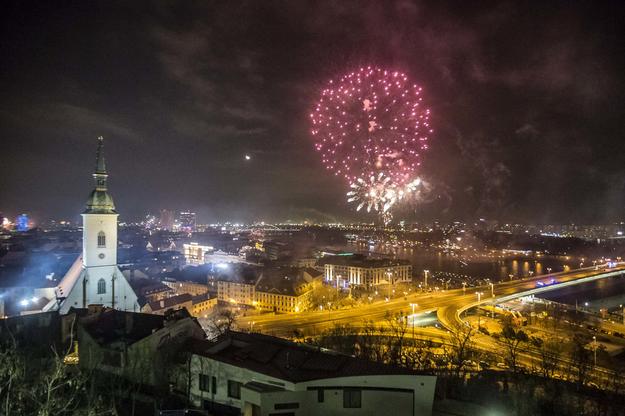 No fireworks in Bratislava again. (source: Sme)
No fireworks in Bratislava again. (source: Sme)
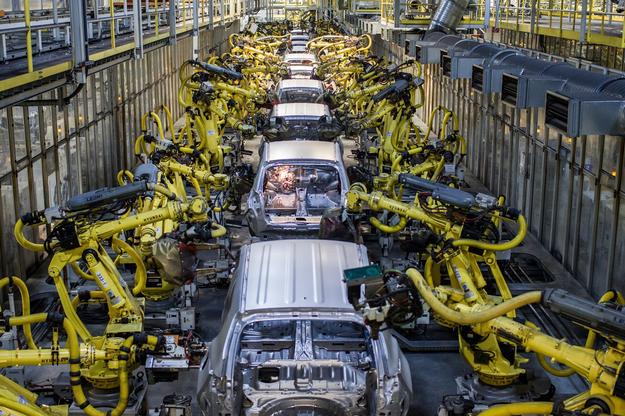 Robots assemble vehicles in the carmaker Kia Slovakia. (source: Sme)
Robots assemble vehicles in the carmaker Kia Slovakia. (source: Sme)
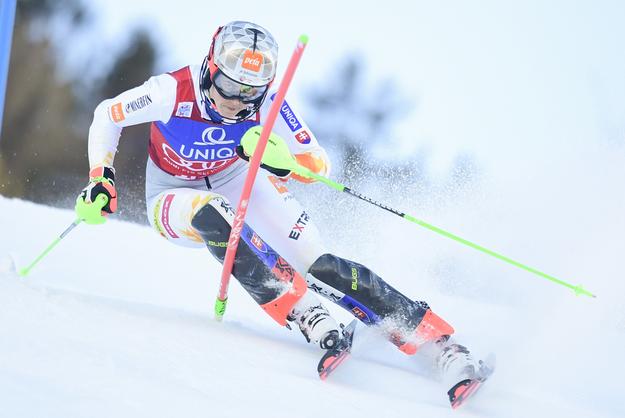 Petra Vlhová won the alpine ski women’s World Cup slalom race, in Lienz, Austria, on December 29. (source: TASR)
Petra Vlhová won the alpine ski women’s World Cup slalom race, in Lienz, Austria, on December 29. (source: TASR)